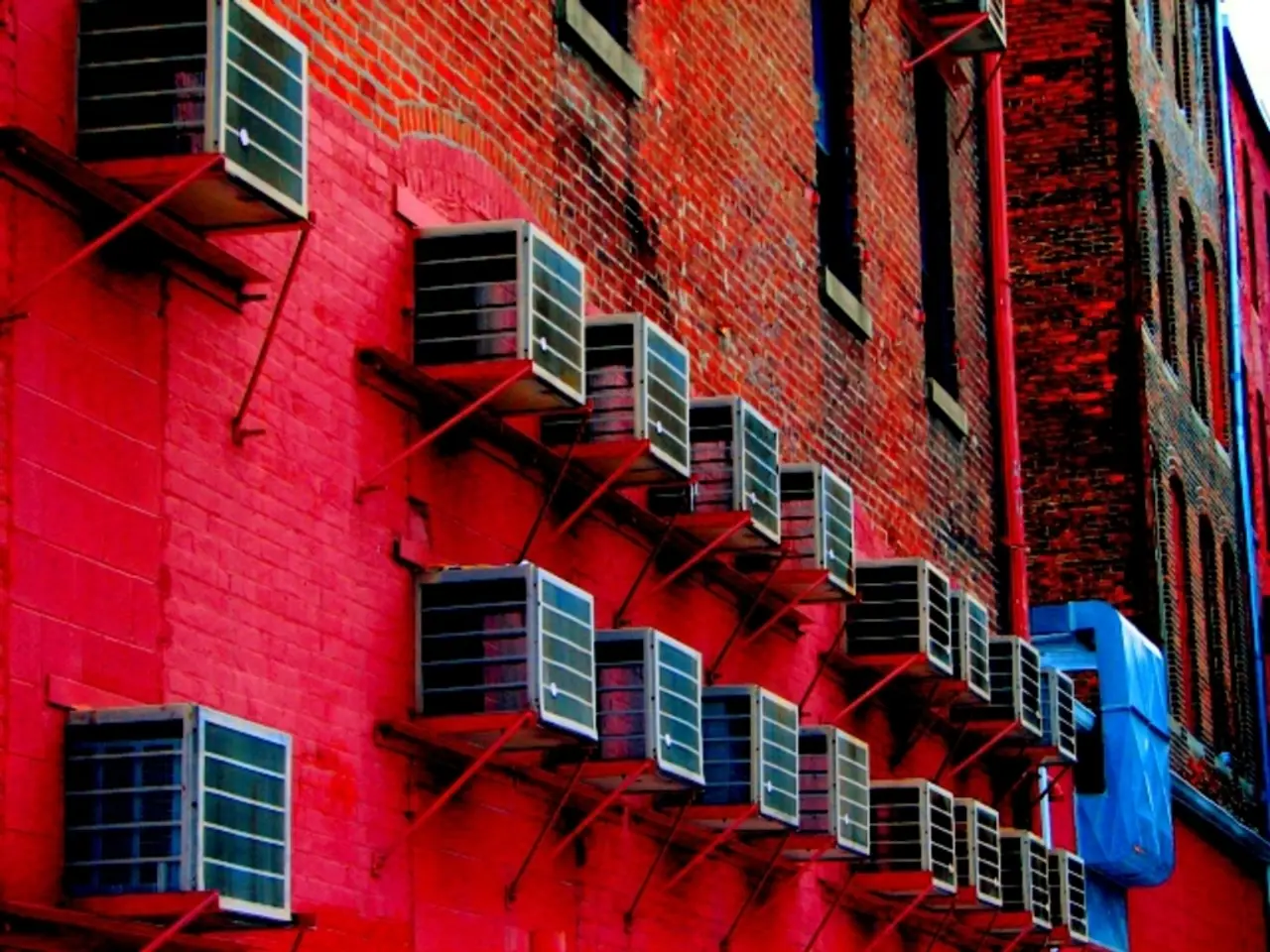Ceiling condensation: Understanding its causes and ways to stop it
In many UK homes, ceiling condensation has become a common problem, affecting one in every five properties. This issue, often more prevalent in bathrooms and kitchens, is primarily caused by poor home ventilation and the subsequent meeting of warm, damp air with cold ceilings, resulting in water droplets.
The likelihood of condensation on walls is typically higher due to their exposure to outdoor temperatures. However, it's not uncommon for condensation to occur on ceilings, particularly in rooms with high humidity, poor ventilation, or fluctuating temperatures.
One solution to prevent ceiling condensation is proper insulation in the loft or roof space. Insulation not only helps reduce heat loss in a house but also maintains a consistent temperature, reducing the risk of condensation. It's essential to ensure that the insulation is adequate and that there are no gaps that might create localized cold spots.
Inspecting for cracks in the plaster, especially where pipes, cables, and light penetrate the loft space, is also crucial. These cracks can allow cold air to seep in and cause condensation. To prevent this, it may be necessary to seal these areas or insulate the loft hatch if it isn't fitted well, causing air leaks.
Lack of ventilation and unwanted ventilation can both contribute to ceiling condensation. Using extractor fans, opening windows, or trickle vents can help remove moisture from the air and prevent ceiling condensation. In rooms such as bathrooms, kitchens, bedrooms, utility rooms, and rooms with poor ventilation, this practice can be particularly beneficial.
Modern homes, designed for energy efficiency, often reduce airflow, which can trap moisture and lead to condensation. Following advice on the minimum house temperature can help avoid unnecessary fluctuations in the home's ambient temperature, thereby reducing the risk of condensation.
Incorrect or damaged building materials can also allow cold air to seep in and cause ceiling condensation. It's essential to use suitable materials for insulation and to maintain them in good condition.
While condensation on walls does not always mean there will be condensation on the ceiling, it can occur in rooms with high humidity, poor ventilation, or fluctuating temperatures. Proper ventilation, insulation, and maintaining a consistent temperature can help address these issues.
In summary, addressing ceiling condensation in UK homes requires a focus on improving ventilation, ensuring proper insulation, and maintaining a consistent temperature. By taking these steps, homeowners can reduce the risk of condensation and create a more comfortable living environment.
Read also:
- Nightly sweat episodes linked to GERD: Crucial insights explained
- Antitussives: List of Examples, Functions, Adverse Reactions, and Additional Details
- Asthma Diagnosis: Exploring FeNO Tests and Related Treatments
- Unfortunate Financial Disarray for a Family from California After an Expensive Emergency Room Visit with Their Burned Infant








